Cats have been captivating human curiosity for thousands of years, not just because of their enigmatic expressions and playful antics but also due to their intrinsic hunting abilities. A domesticated house cat retains much of its ancestral hunting instincts, and these instincts shape much of its behavior. In this article, we will delve into the fascinating world of cats and their hunting instincts, discovering how these ancestral traits influence their actions and behaviors in a modern setting.
The Evolutionary Roots of Cats’ Hunting Instincts
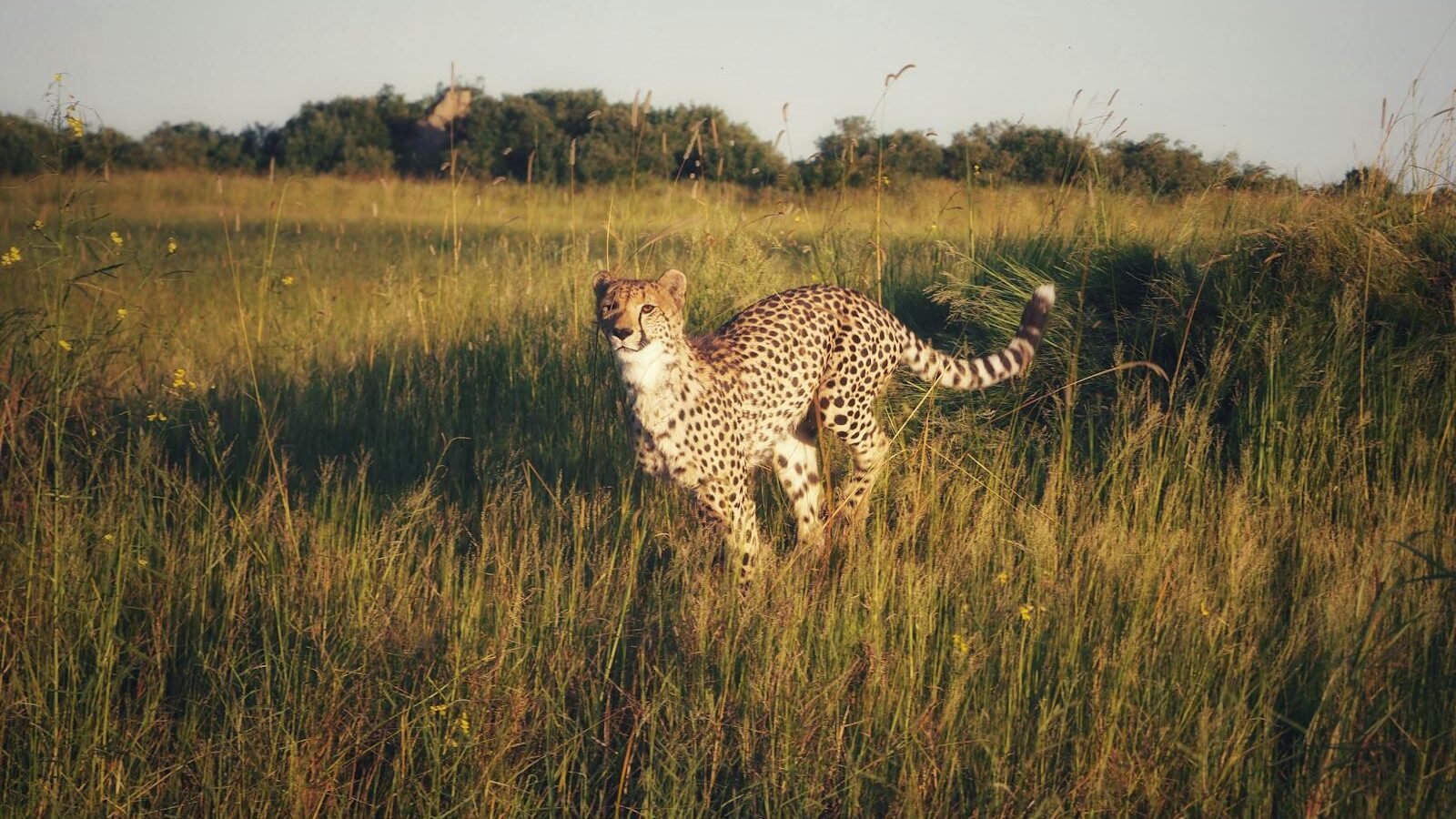
Photo by Thabang Elvis Kenewendo via Pexels
The evolution of cats is a journey through millions of years. Descending from the large feline predators of the wild, domestic cats have retained many of the instinctual traits that ensure their survival. These instincts are driven by innate behaviors that would have enabled their ancestors to hunt prey effectively.
The Role of Hunting in a Cat’s Survival
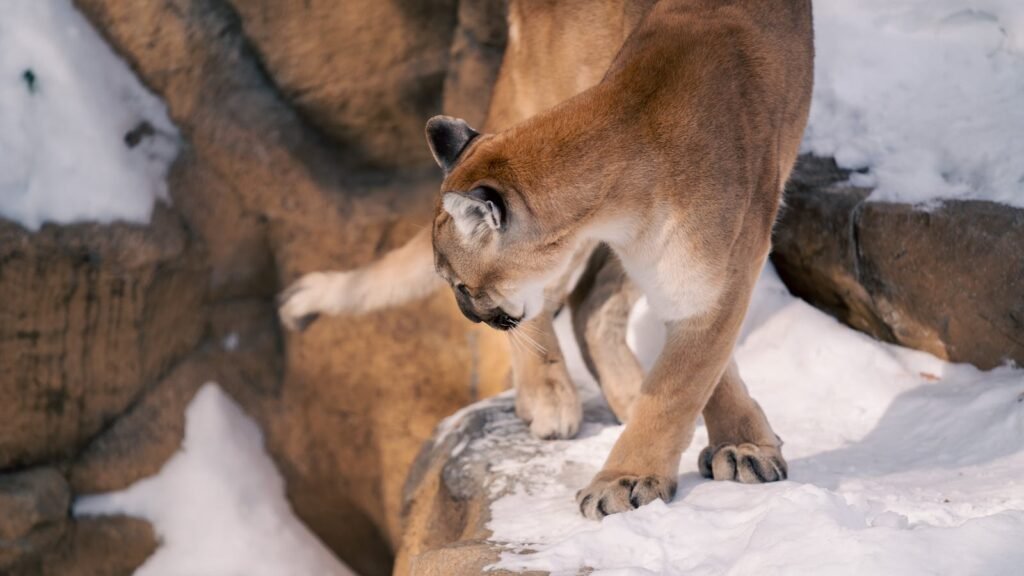
Photo by Caleb Falkenhagen via Pexels
Hunting is crucial to a cat’s survival instinct. Historically, cats relied on hunting to obtain food, and this necessity honed their abilities to stalk, chase, and capture prey. Each component of the hunt, from alertness to agility, is a refined skill crucial for catching food.
Instinctive Behaviors in Domestic Cats
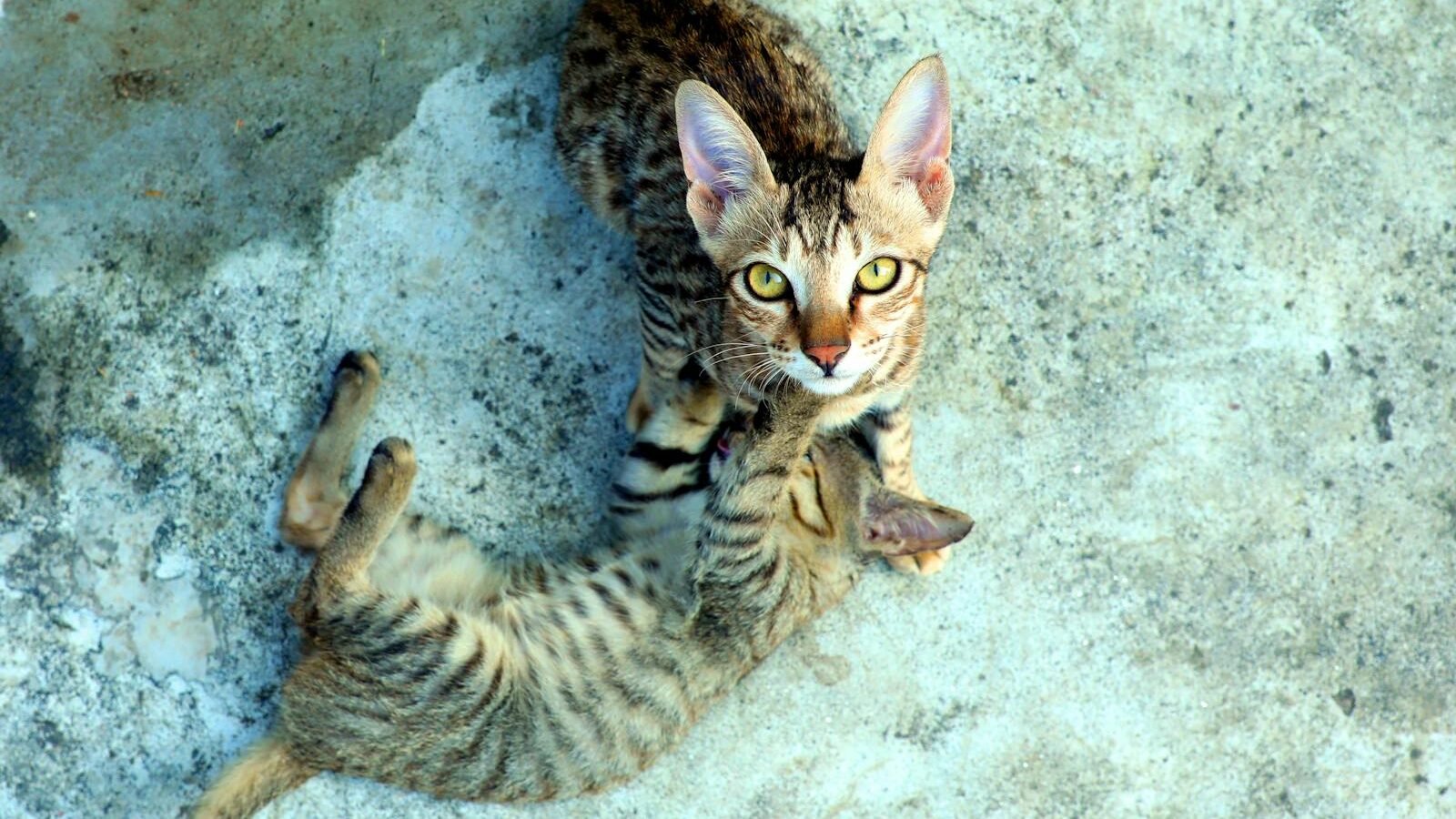
Photo by Villager Boy via Pexels
Even in domesticated environments, where food is readily available, cats continue to exhibit behaviors associated with hunting. These behaviors include stalking, pouncing, and batting at toys, reflecting their intrinsic need to react to stimuli as they would in the wild.
Playtime as a Hunting Simulation
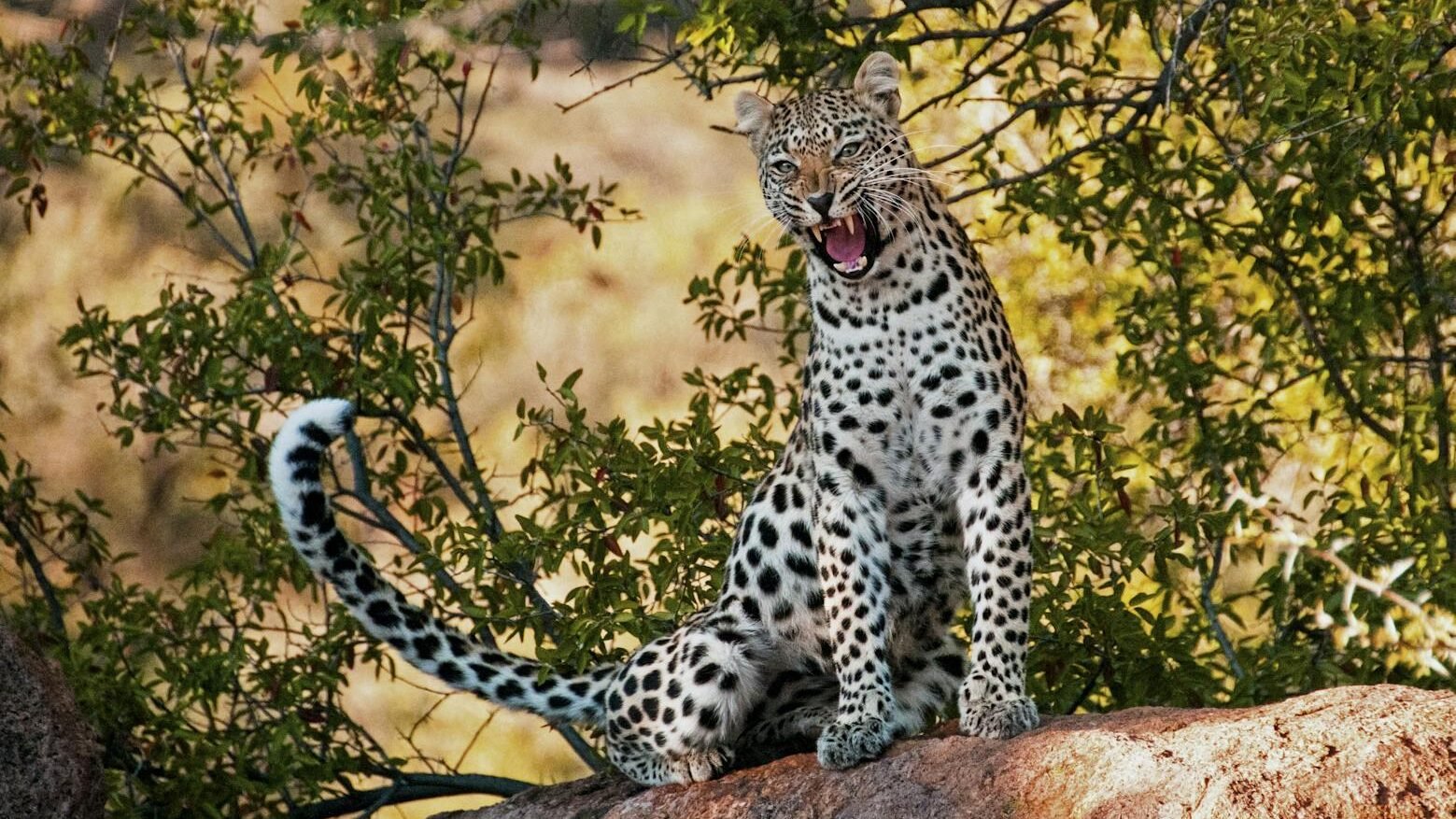
Photo by Pixabay via Pexels
For domestic cats, playtime often serves as a substitute for hunting. When you see a cat engaging with a toy mouse or laser pointer, it is honing its predatory skills. Play activities simulate the hunt, providing both mental stimulation and physical exercise.
The Psychology Behind Stalking and Pouncing
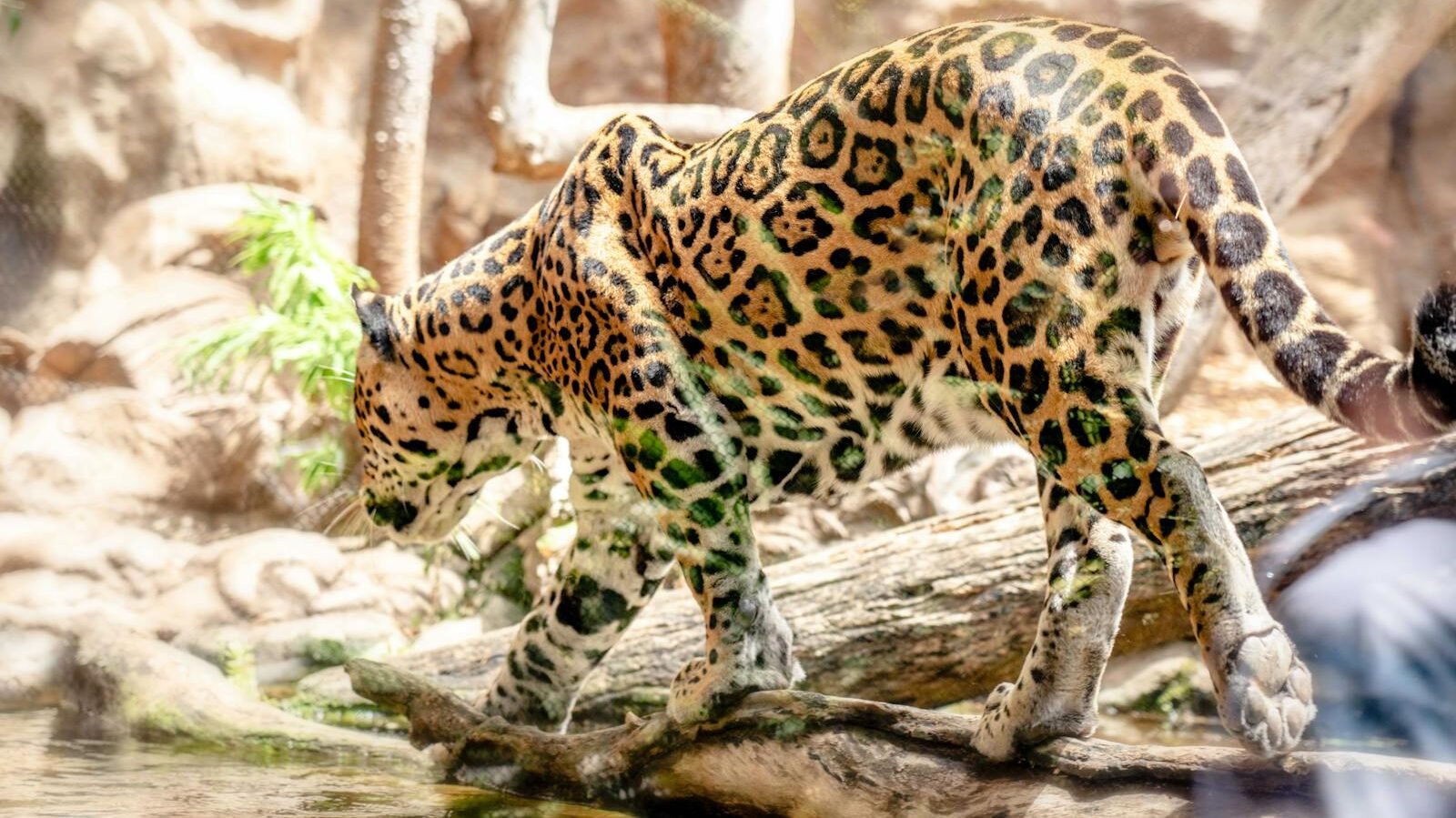
Photo by Alex P via Pexels
The psychology behind a cat’s stalking behavior is rooted heavily in the element of surprise. A cat’s ability to slowly and silently move towards its target is a tactic developed to minimize detection. Pouncing then serves as the climax of their hunting strategy, maximizing the chance of capturing their prey.
Territory and Hunting Instincts
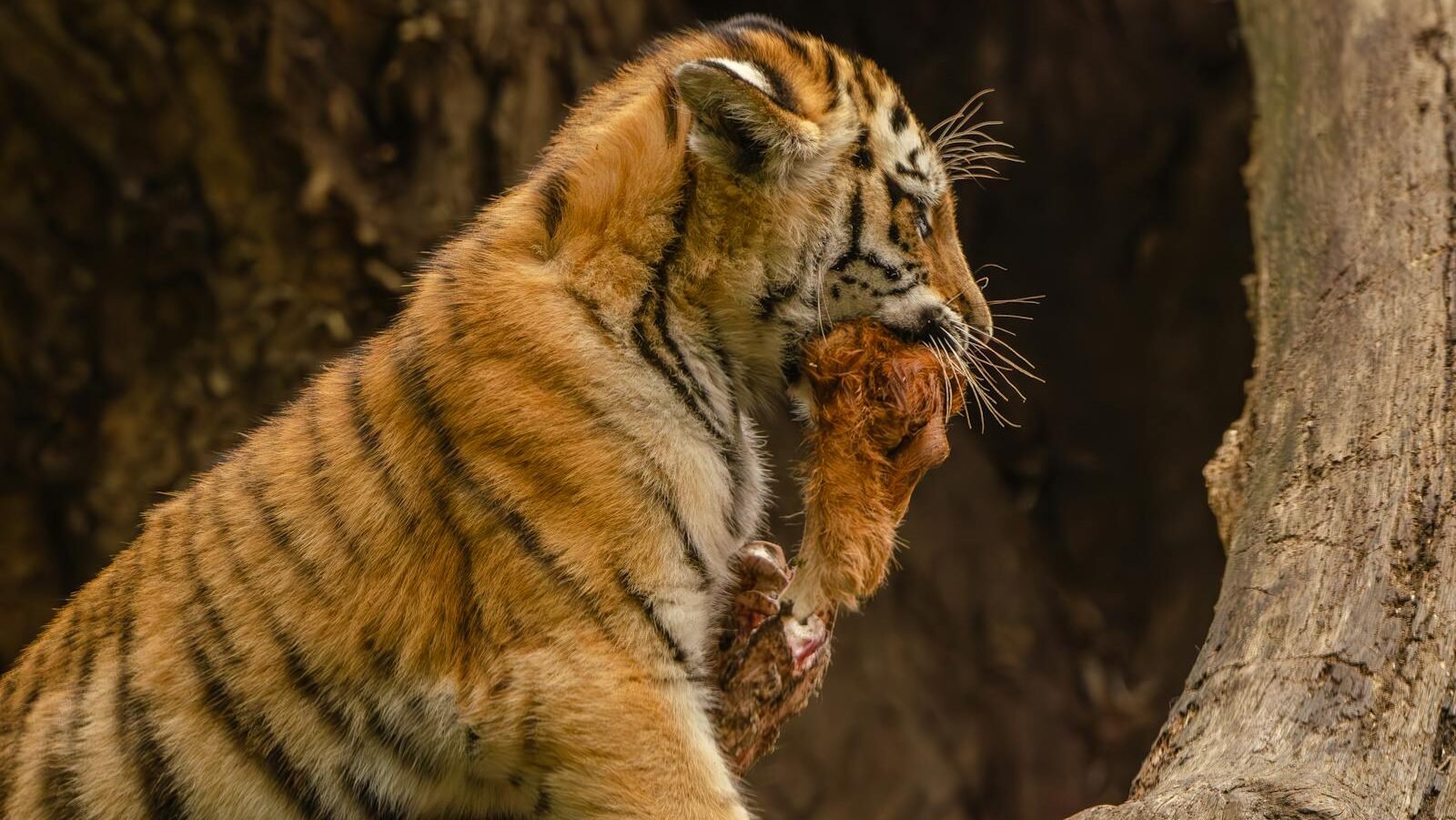
Cats are territorial by nature, and this drive is closely linked to their needs as predators. Establishing and protecting territory enables them to have a reliable territory for hunting. Even domesticated cats display territorial behaviors, which are remnants of this instinct.
The Influence of Hunting Instincts on Social Behavior
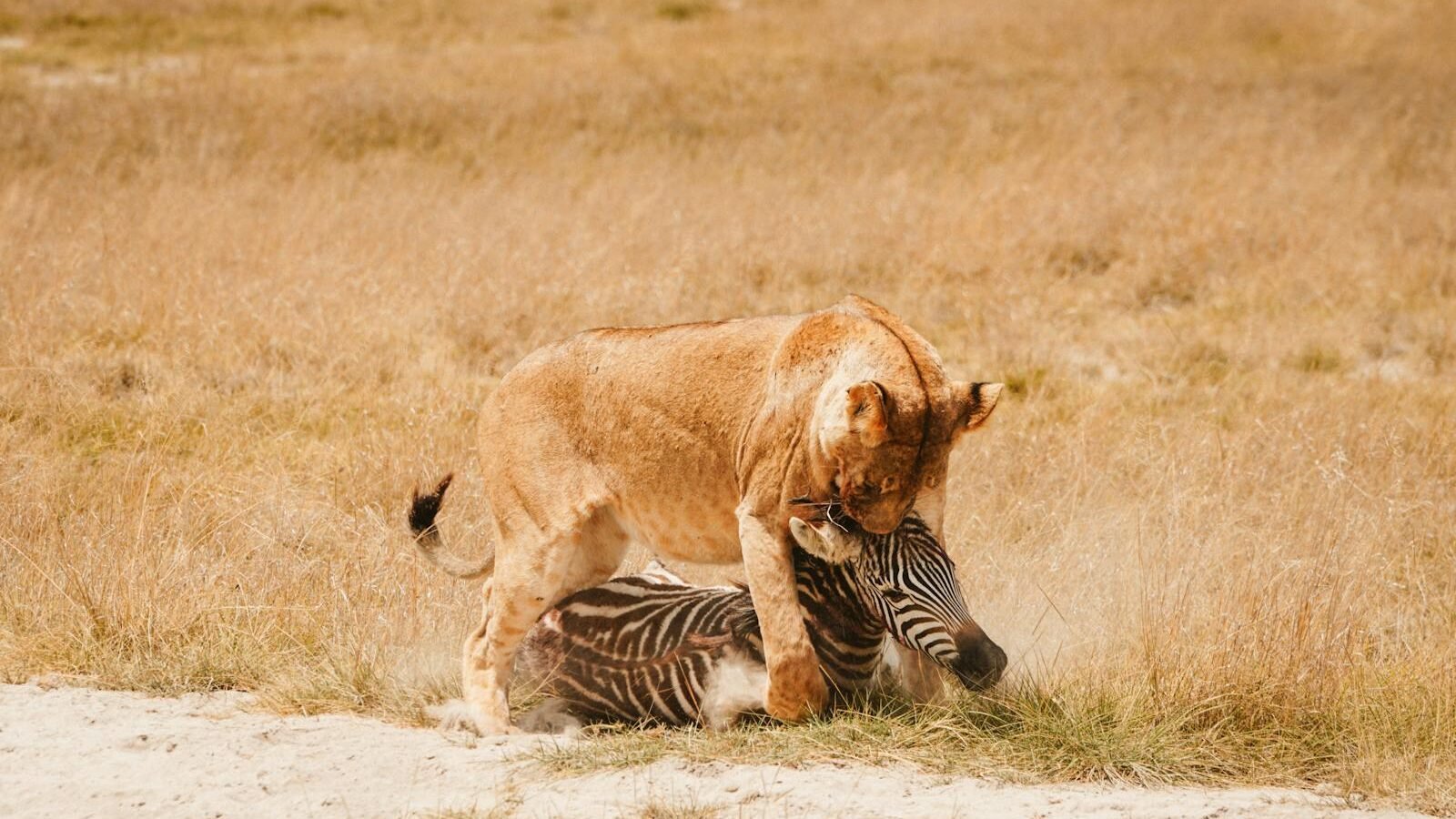
Photo by Sara Sukosd via Pexels
While cats are often seen as solitary hunters, their hunting instincts can influence social behavior with humans and other pets. They may bring “gifts” — prey or toy treasures — as a sign of shared success or trust, which hints at their desire to share a key aspect of their life.
How Hunting Instincts Affect Sleep Patterns
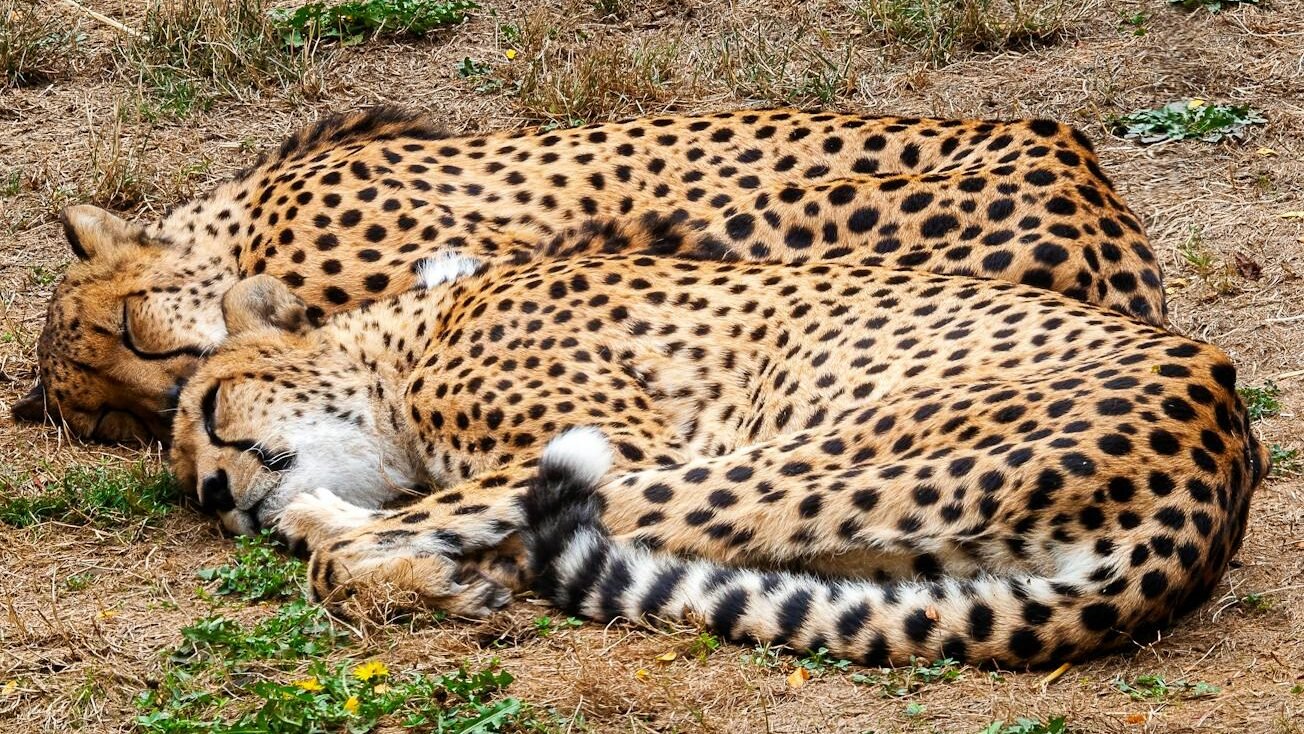
Photo by Dean Fugate via Pexels
In the wild, cats need to be efficient hunters, and part of this efficiency hinges on their sleep patterns. Cats often sleep around 16 hours a day, preserving energy for peak hunting times, typically during dawn and dusk when prey is most active.
Managing Hunting Instincts in Domestic Settings
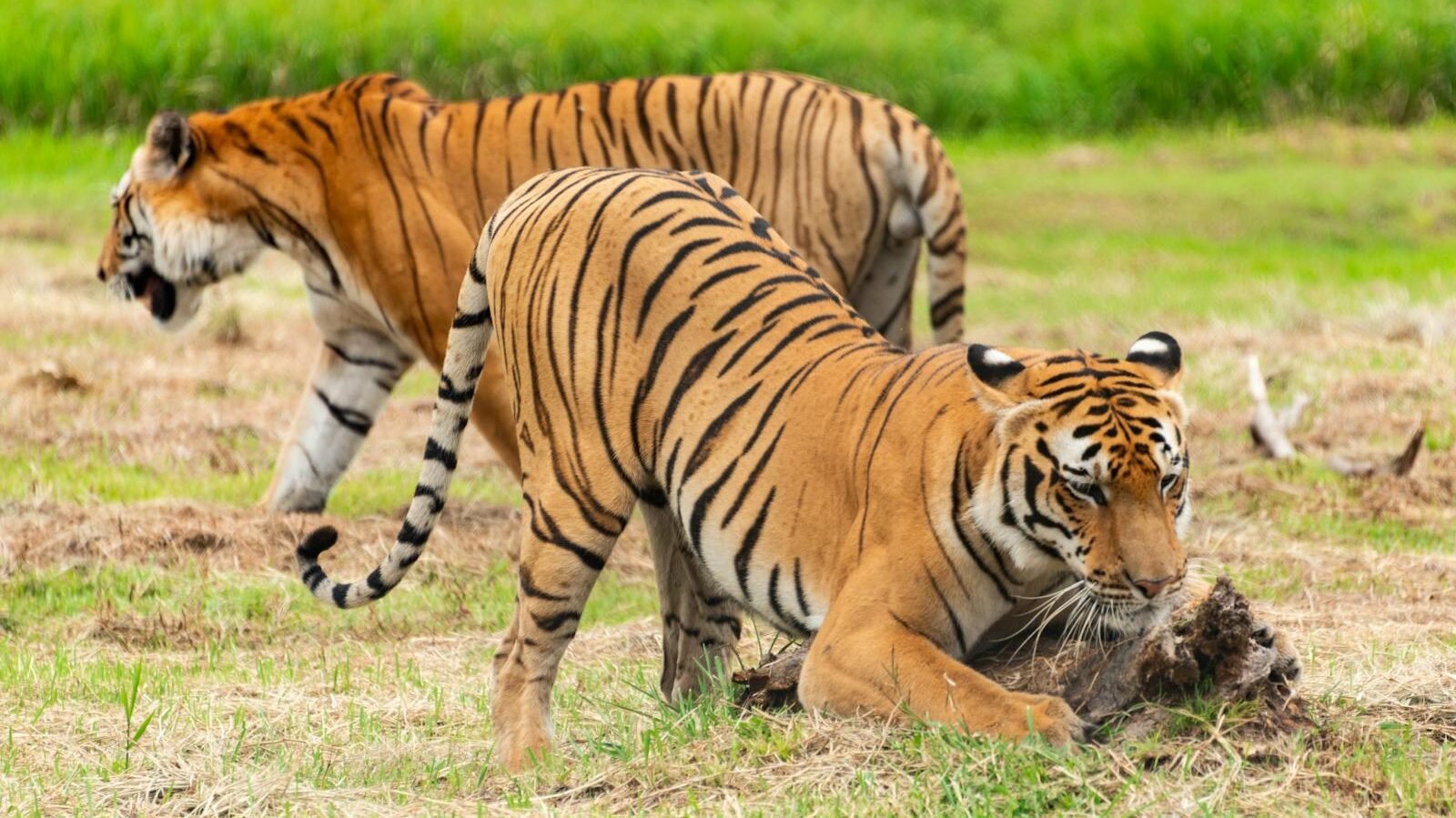
Photo by Diego F. Parra via Pexels
Owners can manage a cat’s hunting instincts by engaging them with interactive toys and puzzle feeders. Providing a stimulating environment meets their predatory needs, preventing potential boredom or stress that could result from a lack of activities.
Conclusion
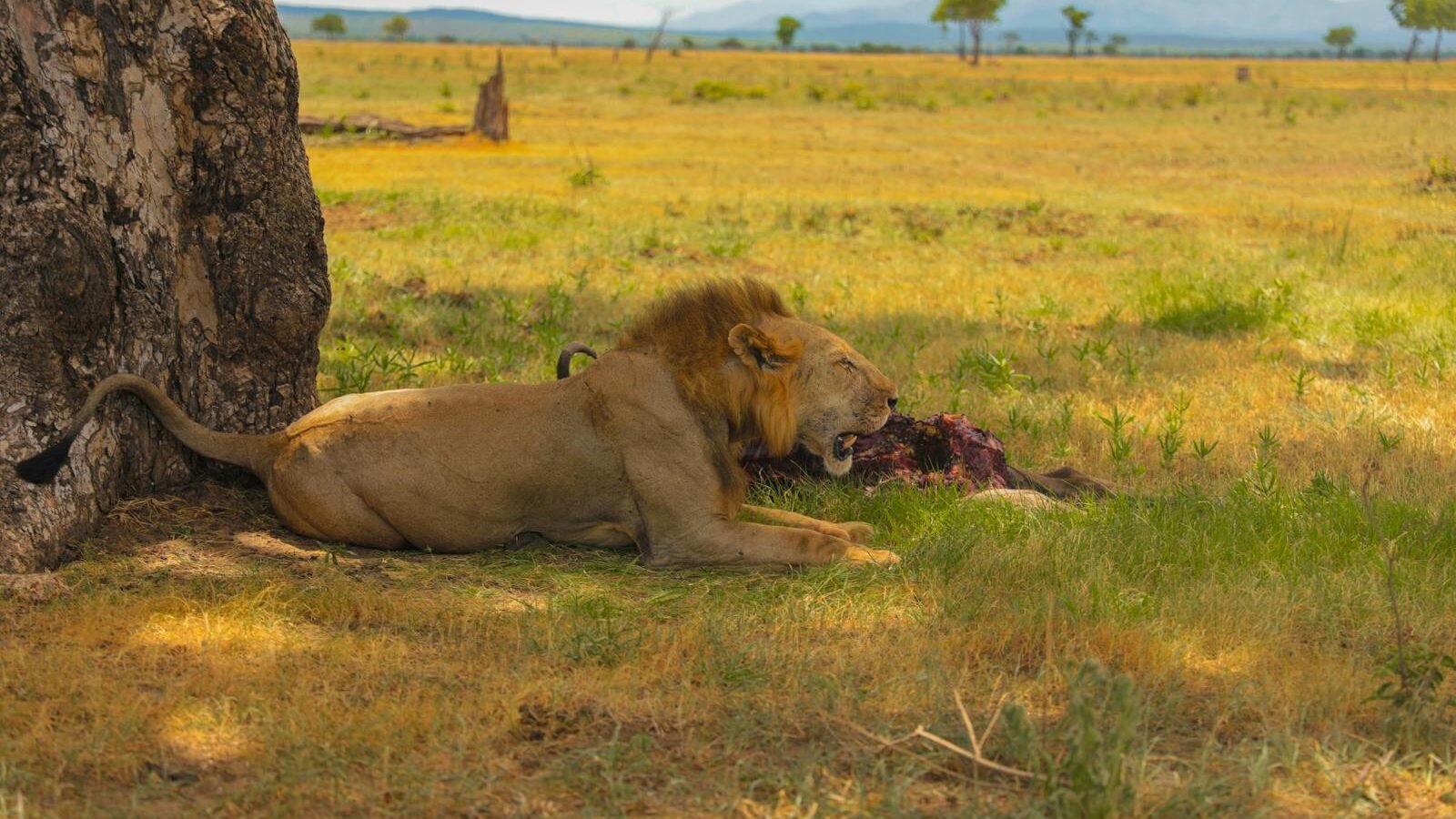
Photo by Abdallah Mallya via Pexels
The inherent hunting instincts of cats are a profound part of their behavior, dictating everything from their playtime activities to their social interactions. Understanding these instincts not only enriches our appreciation of them but also informs how we can cater to their needs in domestic environments. By acknowledging this primal trait, we can ensure that cats lead fulfilling, enriched lives, whether indoors or out.

With over a decade of experience as a dedicated cat lover and enthusiast, I specialize in writing captivating content about all things feline. My expertise shines through in creating engaging and informative pieces that resonate with fellow cat lovers. As a proud cat parent to my beloved Duston, my personal connection to the world of cats adds authenticity and warmth to my work, making it relatable and heartfelt.






